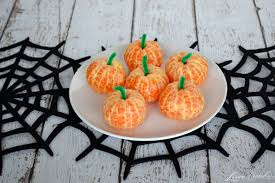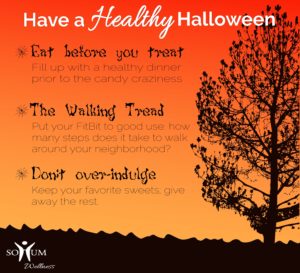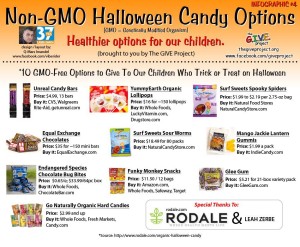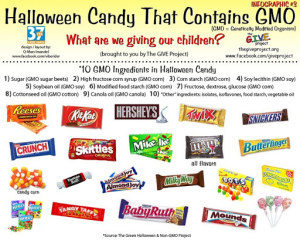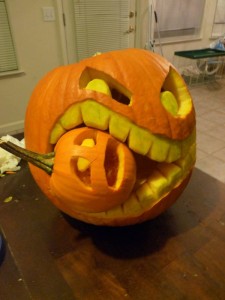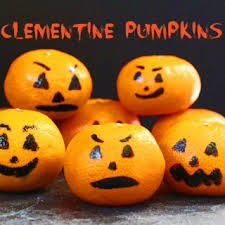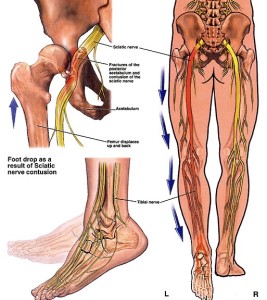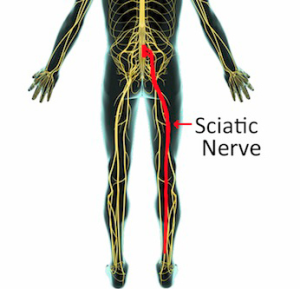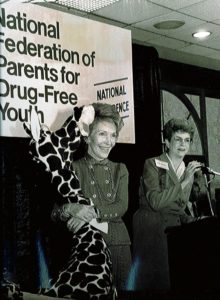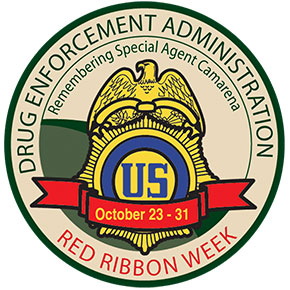Halloween is right around the corner, which for most children means bags of free candy and a chance to build a stockpile of sweets for the winter. No surprise, Halloween can also present parents with a variety of health and safety challenges. “It’s OK to eat that candy on Halloween but it’s important to have a eating plan of the goodies to help protect the teeth from constant exposure to sugars to the teeth and even the waist line to prevent cavities and obesity. This makes complete common sense to mom and dad with older sisters or brothers and even role models to the little peeps who may need direction by you helping them eat the goodies in a moderate way with no pigging out on the candies.
Here’s a few ideas on how you can help your family stay mouth healthy on Halloween and even through out the year for lovers of sweet goodies; especially young ones who may need direction.
So how do we go about this? Well here are some ideas that you may find useful:
1.) Know when the time is right to eat the goodies.
Eat Halloween candy (and other sugary foods) with meals or shortly after mealtime. Saliva production increases during meals. This helps cancel out acids produced by bacteria in your mouth and rinse away food particles.
2.) Choose the candy carefully you give out Halloween or have at Halloween parties for kids with the candies you allow your kids to keep throughout the year.
Avoid hard candy and other sweets that stay in your mouth for a long time. Aside from how often you snack, the length of time sugary food is in your mouth plays a role in tooth decay. Unless it is a sugar-free product, candies that stay in the mouth for a long period of time subject teeth to an increased risk for tooth decay.
3.) Avoid candies that can put your teeth in sticky situations.
Sticky candies cling to your teeth. The stickier candies, like taffy and gummy bears, take longer to get washed away by saliva, increasing the risk for tooth decay.
4.) Have a plan that you put together.
It’s tempting to keep that candy around, but your teeth will thank you if you limit your candy laying out around the house after the Halloween day or parties. So what you do is have the family pick their favorites and even consider donating the rest, like to family and friends in a moderate amount to school teachers to even your doctors at a visit for the staff to even homeless. ” If you even can take the time look for organizations that help you donate candy to troops overseas, like Operation Gratitude to boy/girl scout organizations, etc… Do a little researching.
5.) Drink more water when eating candy.
If you choose bottled water, look for kinds that are fluoridated. Drinking fluoridated water can help prevent tooth decay. The kids won’t even know the difference.
6.) Maintain a healthy diet.
Your body is like a complex machine. Just like cars we the human body needs its fuel. For us the fuel is food. The foods you choose as fuel are so important with how often you “fill up” with them which in the end affecting your general health; this includes your teeth and gums including obesity.At these Halloween parties or on Halloween day or in even everyday life avoid excess in sodas, sport drinks and flavored waters. When teeth come in frequent contact with beverages that contain sugar, the risk of tooth decay is increased.
7.) Give out on Halloween/the Halloween parties chewing gum that are with the ADA Seal.
Chewing sugarless gum for 20 minutes after meals helps reduce tooth decay, because increased saliva flow helps wash out food and neutralize the acid produced by bacteria. You might even want to think about giving sugarless gum out as a treat instead of candy.
8.) Other general ideas with the candy suggestions is have the children do the following:
– Brush your teeth twice a day for two minutes with an ADA-accepted fluoride toothpaste. Remember, replace your toothbrush every three or four months, or sooner if the bristles are frayed. A worn toothbrush won’t do a good job of cleaning your teeth.
– Cleanse between the teeth. Floss your teeth once a day. Decay-causing bacteria get between teeth where toothbrush bristles can’t reach. Flossing helps remove plaque and food particles from between the teeth and under the gum line.
-Visit an ADA Dentist
Regular visits to your ADA-member dentist can help prevent problems from occurring and catch those that do occur early, when they are easy to “treat.” This can also can help prevent them going into bigger problems and more expensive treatments to the mouth.

